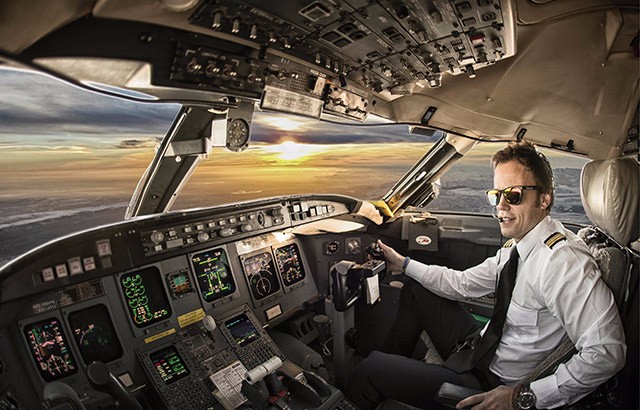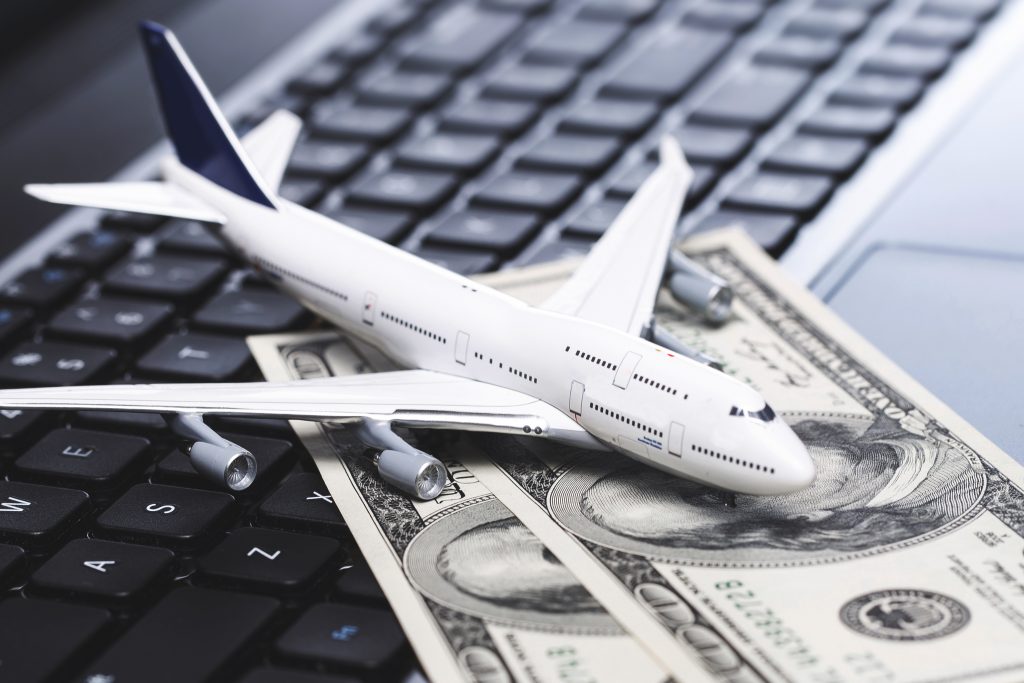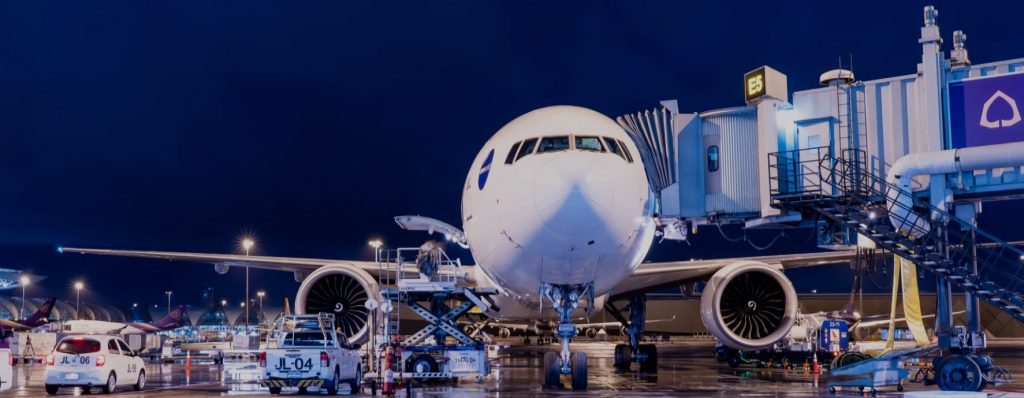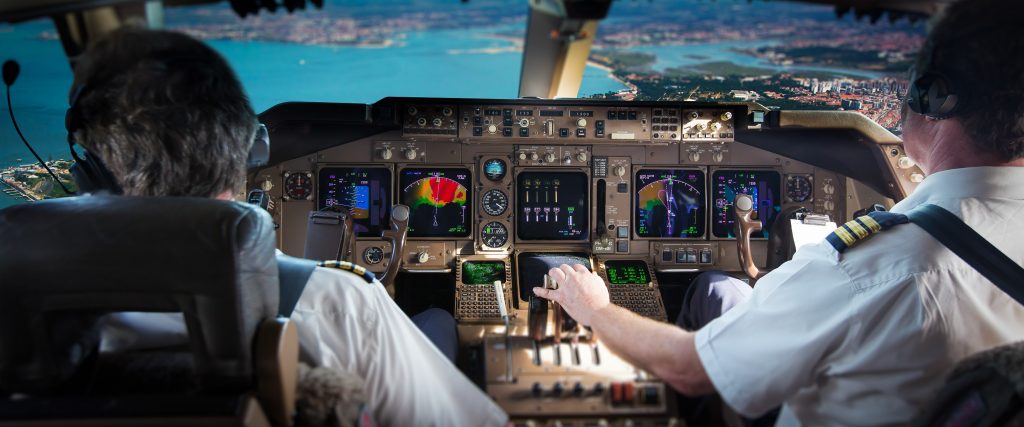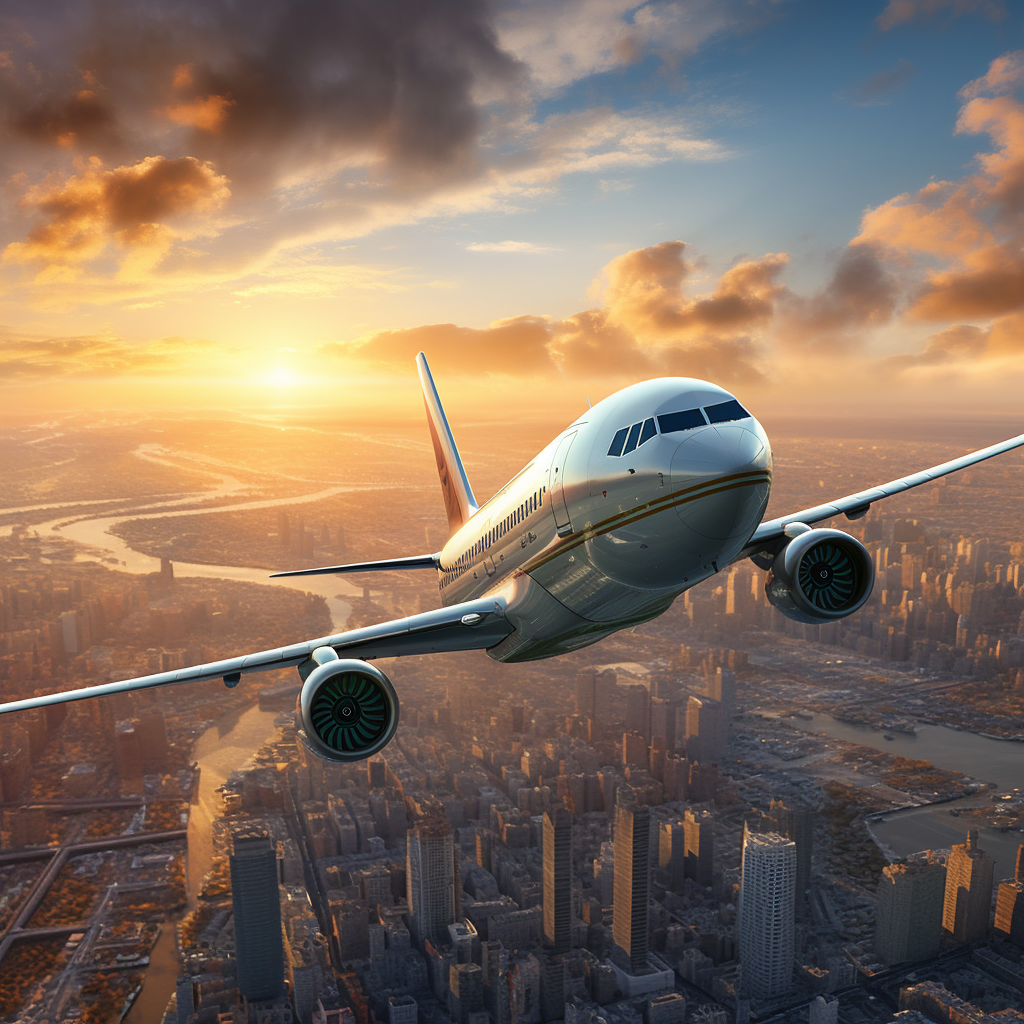TREMENDOUS OFFICE VIEWS—AND OTHER PERKS—AWAIT PRO PILOTS TODAY
Source: AOPA Magazine
This is one of the best times in history to become an airline pilot. Professional pilots are usually drawn to the industry by the thrill of flying and the adventure of traveling worldwide. And while pilots certainly have the best office views of any profession, other important factors are associated with choosing a career—considerations such as career progression, lifetime earnings, and associated benefits.
There is no question that market fluctuations, airline bankruptcies and mergers, and increased competition—plus a large supply of professional pilots over the past 30 years—have affected the salaries, benefits, career progression, and lifestyle of professional pilots. However, because of an increase in pilot demand worldwide and expansive industry growth, starting salaries are increasing and career progression is accelerating. The demand for pilots is forecast to continue increasing for the next 15 to 20 years, making the future for the profession brighter than ever.
PILOT DEMAND
Seize the dayThe major airlines and large cargo operators in the United States currently employ approximately 65,000 professional pilots. However, certificated airline transport pilots employed by Part 121 air carriers must retire from line flying at age 65, and these operators project a record number of mandatory retirements over the next 15 years. Because of these retirements, major airlines will have to replace between 3 and 5 percent of their current pilot workforce each year—some 2,000 to 3,000 pilots—just to maintain existing flight schedules. In addition, the number of airline aircraft in the United States is expected to grow approximately 1.5 percent per year during the same period, which will require an additional 900 to 1,000 pilots per year.
According to a recent study, major airlines and cargo operators generally recruit pilots from regional airlines and the military to hire the required 3,000 to 4,000 pilots per year. Pilots retiring from the military will fill 20 to 25 percent of these openings, while most of the remainder will come from smaller regional airlines and regional cargo operations.
Those regional airlines and small cargo operators employ almost 20,000 pilots in the United States; they generally fly 50- to 90-seat regional jets under contract for major airlines and cargo operators. Because of larger airlines hiring these pilots—combined with normal attrition, retirements, and fleet growth—regional operators must hire 2,000 to 3,000 pilots per year. In other words, they have to replace 10 percent to 15 percent of their pilot workforce each year for the foreseeable future.
Seize the dayThis demand for pilots is not limited to the United States. There also is tremendous demand for professional pilots internationally. Boeing has forecast demand for 533,000 new pilots worldwide over the next 18 years. A recent study found that 3 to 4 percent of U.S. pilots plan to work outside of the country at some point in their career, which also affects the need for pilots within the United States.
PILOT SUPPLY
The number of pilots choosing to enter the airline workforce has declined over the years. According to estimates, nearly 242,000 U.S. pilots have the certificates and flight time required for airline jobs. Almost 85,000 of these pilots—35 percent—already work for an airline or cargo operator. However, 72,000 pilots—about 30 percent of the potential workforce—have nonpilot careers and do not plan to join the airline workforce. The remaining 35 percent—about 85,000 pilots—fly for corporate, air taxi/on demand, or foreign operators. This also includes CFIs and agricultural, banner-tow, sightseeing, and unmanned aircraft pilots. Research has shown that more than half of qualified pilots not currently employed by an airline do not plan to seek airline jobs.
At the same time, there are fewer student pilots. The 40-percent decline in the number of student pilots over the past 35 years has been attributed to a historical oversupply of pilots, as well as the increased cost of training, airline deregulation, airline bankruptcies, market fluctuations, and increased training requirements.
The decreased number of new students, combined with a shortage of pilots choosing to work for airlines, has resulted in a decreased supply of airline pilots. The law of supply and demand, perhaps the most fundamental principle of economics, is beginning to take effect. As the pilot supply declines and demand increases, a pilot’s value is increasing. As a result, there is increased competition by airlines to recruit pilots, and pay and incentives are on the rise.
PILOT CAREER VALUE
The normal career progression of a professional airline pilot depends on many factors, including pilot retirements and industry growth. With the high demand for airline pilots, career progression is expected to follow a relatively normal schedule. The typical pilot career starts with approximately two years as a flight instructor or in a similar general aviation flying job, followed by three to four years as a first officer at a regional airline, and then three to four years as a regional-airline captain. Usually, the pilot is then hired as a first officer at a major airline, where he or she upgrades to various aircraft and may eventually earn the rank of captain.
The overall lifetime earnings for a pilot career are higher than many other career fields. The average starting annual salary of a flight instructor is between $22,000 and $25,000. Most pilots begin their careers working as a CFI in order to build the required flight time to be hired by a regional airline. Just as there is a shortage of pilots choosing to work for the airlines, however, there is also a shortage of flight instructors—leading to increased pay, hiring bonuses, or even offers of free additional training.
After a year or two as a CFI, many pilots become regional airline first officers, at an average annual starting salary of $23,000 to $26,000. This low starting salary has been cited as a major cause of the reduced airline pilot supply, and regional airlines already are having difficulty hiring enough pilots to meet their needs. Because of this shortage, many airlines are offering signing bonuses and retention agreements. For example, Envoy Air is offering pilots a $5,000 signing bonus, and Endeavor Air is offering an $80,000 retention bonus, paid over four years.
These perks are an attempt to offset the issue of low starting salaries and create motivation for pilots to join the airline industry. However, as pilot demand continues to increase, regional airlines likely will have to increase these perks, and/or starting salaries, to attract enough pilots to meet the demand, including agreements with major airlines that provide clear paths from work as a regional airline pilot to a pilot job at a major carrier.
Second-year pay as a first officer can vary, but most airlines offer a significant increase over first-year pay. Pilots will work as a first officer between three to four years at a regional airline before being upgraded to captain. As you may assume, this upgrade in responsibility also comes with a decent upgrade in pay.
After a few years as a captain at a regional airline, most pilots will accept a position as a first officer with a major airline. Starting salary at a major airline is approximately $53,000, and some pilots will face a pay reduction between their last year at a regional airline and their first at a major carrier. Second-year pay increases significantly, however, and with normal upgrades and promotions, pay will continue to rise significantly year after year.
Even without the new trend of bonuses and retention incentives, the overall airline pilot career pay is significantly higher than other professions (see the chart on p. 36) because pilot pay increases significantly with years of service compared to other professions. It is estimated that an airline pilot will earn approximately $6.7 million over his or her career. It is important to note that the chart assumes a normal progression from employment as a CFI to employment as a regional pilot to employment as a pilot for a major airline. The chart also shows current pay data by years of service, which will most likely increase in time.
In addition to pay, lifestyle is a consideration for aspiring airline pilots. Airline pilots spend an average 125 days away from home each year. They work a maximum of 1,000 hours per year (10 percent of a year) and spend another 2,000 hours per year (20 percent of the year) away from home—including layovers and commuting to and from work. In comparison, a typical nonpilot career demands about 2,080 hours per year at work (24 percent of the year) and 525 hours (6 percent of a year) in average annual travel time. While pilots may have significantly more free time compared to those working a traditional 40-hour week, it is important to note that their extra free time is spent away from home. When they are home, however, they’re normally home for multiple days at a time. Furthermore, airline pilots also enjoy medical and retirement benefits as well as travel benefits for themselves and their immediate family.
Like every career, flying for the airlines has its ups and downs. But if it’s a career you are interested in, there’s no better time than the present.
Ken Byrnes is an associate professor in the aeronautical science department at Embry-Riddle Aeronautical University in Daytona Beach, Florida, where he also serves as chairman of the flight training department.
Source: AOPA Magazine
